Injury Prevention and Management - Anvil Training Series 8
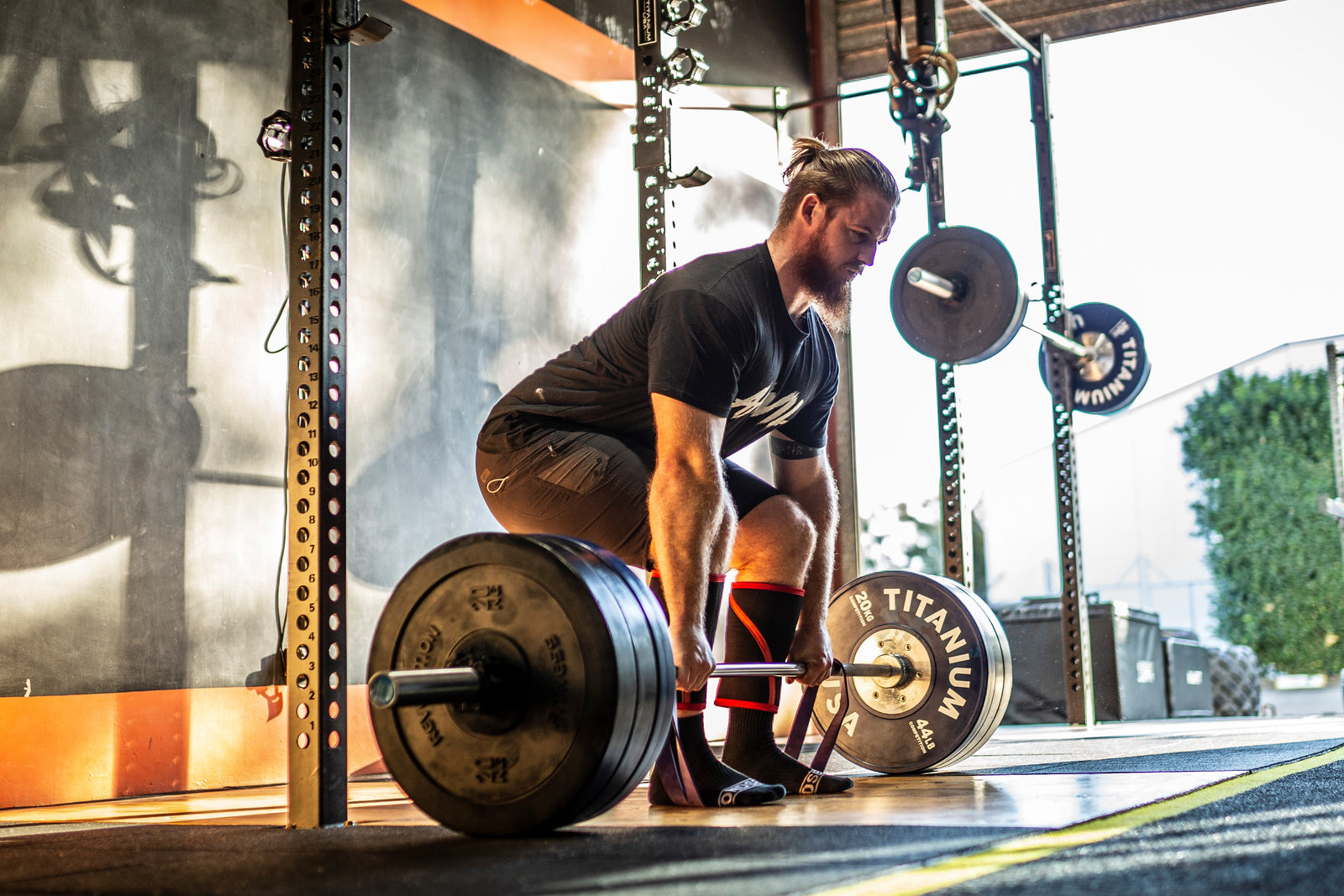
An Anvil T&D training article by Marshall Officer.
What is the Anvil Training Series?
The Anvil Training Series is a series of 12 articles throughout 2020 about key training concepts, written for the general reader. Physical training, in some form or another, should be a part of everyone’s life. Most of the basic concepts are very easy to understand and implement, although these days - the industry has become muddied with complicated variations of basic concepts that can make choosing how to train quite intimidating. These articles are here so that you don’t need a degree and ten years’ experience to separate what matters from what doesn’t, and aim to help you navigate the muddy and ever-changing waters of the online fad fitness industry.
Introduction
When I first sat down to check my list of topics for articles in 2020 and write this article, my initial thought at seeing this one next was, “of course, it would be”. The topic of injury prevention and management resonates with me for a few reasons - the number one reason being that I am in the process of managing and rehabilitating a lower back injury, sustained four years ago in the Army, that was unfortunately aggravated during my last training block. As a veteran, and coach of veterans - I have been working with people with injuries for the better part of 10 years. I have only recently taken on the role of trying to help veterans get stronger in order to better manage and train beyond their own physical and mental injuries - but as a deployed combat first aider, small combat team leader and instructor at the Australian Army School of Infantry, I have an extensive history of treating different injuries and managing soldiers who have sustained injuries as part of the high demands of their day to day job. My experiences have not been without their flaws or mistakes on my part. Not all my treatments went well, not every call I made was a good one, and my attitude towards injuries earlier in my life was certainly not a productive or positive one (being heavily influenced by the combat soldier culture of no weakness and never “giving up”).
I remember getting my first injury in the military at basic training - a fairly boring story involving me jumping into a deep hole in the rain during simulated mortar fire. I tore the ligaments and tendons in my ankle so badly I was unable to stand. As this was the last part of basic training with a final “challenge” that everyone must attempt (by taking at least one step on the first pack marching event) in order to pass, I was determined to get back out with my platoon. I went from not being able to stand to walking again in the next 48 hours (admittedly with a lot of pain and a significant limp), and by the third day - I strapped myself into an ankle brace, took as many low level painkillers as they would let me, and I was back. If you know me at all, you will know that I can be stubborn to the point of stupidity - and instead of just attempting the final challenge, I hobbled my way through the whole thing. This is not a brag at all, as I probably did more damage to my ankle than when I first injured it. But in the Army, especially in combat corps like infantry (a corps I hadn’t even completed training for yet) - the attitude of ‘not stopping no matter how much pain you’re in’ is bred into you right from the start. This attitude might be great for pushing a soldier past the pain of a potentially life threatening wound to continue fighting to protect their mates, something you want in any soldier you deploy with - but it is not the kind of attitude that builds the strongest, fittest soldiers. In fact, just like my ankle on the challenge, teaching people to manage their injuries with their ego instead of their heads is a great way to do more damage than good in the long run.
How do injuries occur?
This is a broad question. This article, however, is in a training context - so, we can rule out trauma, accidents, and anything out of your control. When we talk about injuries sustained within a gym (or, by extension, a training or athletic environment) - we are talking about injuries born from negligence, laziness, ego lifting, poor priorities, and low body awareness. One of the injuries I treated when I was in the Army was a soldier with a dislocated shoulder. This soldier had never suffered this injury before at any point in his life, and as such was not predisposed to subsequent dislocations. The shock and pain response created by his brain when this injury occurred was enough to cause him to black out, and then be unable to see. Any movement caused a new wave of pain, which didn’t make it easier when we had to lie him down in the steel tray of an Army Land Rover and drive him off-road to the nearest doctor. Now, when this injury occurred - this soldier was doing something he had done a thousand times before. He had been sprinting, and then dove down to a lying position, placing his hand out in front of him to stabilise his dive. Within the section attack, it is called ‘taking a bound’, and it is something with which every Australian infantry soldier is deeply familiar, and trained to do, over and over, from when you first join the Army. Call it an accident, or just unlucky, but the question must be asked: how, after all this time, did this injury happen?
Well, injuries occur when you put your body in a position from which it is unable to recover through ‘known’ leverages and trained strength. What I mean by ‘known’ leverages is a range of motion the mind is familiar with, and can operate within. Of course,there are extremes. All joints in the human body have a defined range (varying slightly from person to person) - however, all knees bend one way, all elbows bend another, and all hips are a ball and socket that can only go so far. To prevent a joint from being pushed outside its defined range of motion, the body has muscles, tendons and ligaments. To put it simply - injury occurs when a force acting upon the body is stronger than the bones, muscles, tendons and ligaments. So, looking at the scenario described above, the force of that soldier’s impact with the ground travelled through his arm until it found the weakest point (in this case, his shoulder at a particular angle), and caused a dislocation.
How can we prevent them?
Are all injuries preventable? Definitely not. No matter how strong you are, and no matter your bone density - there will always be weak points. The very nature of training your weaknesses means that as they get stronger, other parts will fall behind and creates an ongoing cycle of weaknesses that will continuously need reassessment or refocus. If one falls too far behind the others through laziness, negligence, or poor training priorities, then it is at risk of suffering serious injury. On a more positive note, many injuries are preventable - and the stronger you get, the less likely you are to suffer injuries. So, the short answer to how can we prevent injuries? My number one answer - resistance training.
What’s so great about resistance training? Why not bodyweight training, cardio, getting 10000 steps a day, or just exercise in general? Your body is extremely adaptable. It is capable of learning and changing, so it can handle whatever stimulus and environment you subject it to (within reason, and given enough time). The adaptations that take place within your body when subjected to exercise in general are all good adaptations, and they will make you healthier overall. However, there comes a point where your body becomes very good at moving itself around, and unless you increase the weight of your body - there is no further overload to force additional adaptation. Your muscles and tendons will only become so strong, and your bones will only become so dense. However, if we add resistance, in the form of an external load - then the body must adapt further. And there is no limit to the amount of weight you can add over time, meaning that if you take all your joints through a full range of motion, and gradually add weight as you adapt - your bones, ligaments, tendons and muscles become more and more resistant to force. This is one of the most incredible things about the human body. As a bone is placed under stress, it experiences microfractures that heal over time, creating a stronger bone. As a muscle is taken through it’s range of motion against resistance and close to failure - it experiences microtears that heal over time, making that muscle bigger, stronger, and more effectively connected to the brain. Tendons and ligaments also experience this, although they take much longer to heal - so extra care must be taken not to rush this process, and a full range of motion should be used as often as possible. Recovery should be prioritised, and the ego should have no say in how much weight is used.
I’m already injured, what now?
Although this is frequently seen as the end of the road for most people, it is actually just the beginning. In a perfect world, everyone would move perfectly, we would have figured out the ideal system for training the entire body no matter what shape or size you are - you would spend a small amount of time injury-proofing yourself every day and never get hurt or experience pain. Unfortunately, this is an almost impossible undertaking, and doesn’t help each individual who is already injured or experiencing pain in some respect. Contrary to what the latest fitness industry trend may want you to believe, there is no ‘one size fits all’ solution for everyone. The small variations I discussed earlier that influence people's body shapes, joints, lengths and leverages mean that they will all move slightly differently. Over time, these small differences lead to imbalances - especially when they try to run like everyone else, play a certain sport, sit or walk a certain way, drive a certain type of car, have a certain type of job, or just have their own attitude towards keeping fit and healthy. Injuries, tightness, pain, or limited mobility are almost inevitable in some respect, no matter what you do. And the health and fitness world are full of solutions (some better than others). Stretching, trigger point manipulation, foam rolling, electrical stimulation, and mobility drills are all examples of injury and pain management, depending on who you ask. But at the very lowest level, the most important solution to an existing injury is movement. I will cover the pain response later, but it is important to understand what your brain does when you suffer an injury. Let’s look at the timeline, from injury suffered to recovered - and what the difference is between fully and partially recovered (keep in mind I am not a doctor, and this is a very basic timeline).
- Injury occurs.
- The brain produces an immediate pain response to ensure you don’t move the injured area and cause more damage.
- Depending on the severity of the injury, you can experience swelling and pain in that area, as the body sends blood and nutrients to the injured area to repair any damaged tissue.
- Over time - swelling, bruising, and pain will decrease. If you do nothing else, the body repairs the injured area as best it can, and then uses a neural pain response to minimise range of movement in order to prevent re-injury or exacerbation.
In between points three and four, there is a window of opportunity. That window never goes away - however if you never do anything else and treat that area as injured from then on, your brain will continue to give you a pain response to prevent you from injuring that area in the same way. Instead, if you begin to strengthen that area, and teach your brain and your body that you can move that area through it’s full range of motion without causing damage - you will greatly reduce the pain response and increase the strength of that area. As I addressed earlier, strength reduces risk of injury. The difference between a partial recovery and a full recovery is the difference between being injured forever and experiencing pain each time you use that area of your body, or regaining full mobility, strengthening that area, and potentially doing more than you were ever capable of doing.
Some amazing examples of this are athletes and veterans that have come back from life-changing injuries to perform better than they were able to before. I always use this example, but Louie Simmons, a world famous powerlifting coach and ex-powerlifter, has broken his back twice and come back to set records in his weight class after both occasions. He is a man that suffered a life changing injury while squatting, and then got back under a bar and squatted more, after the injury. I have personally trained veterans with back, knee and shoulder injuries who are stronger now than they were before their injuries, and experience less pain despite training more. There are amputees who lift huge weights, paraplegic people who are incredible bench pressers, and people in their nineties deadlift their bodyweight. And there is me, with my own ankle, knee, and back injuries, who could barely get out of bed after a squat session a few weeks ago - putting 200kg on my back for a high box squat yesterday. Your injury is not the end of the line, it is an opportunity to learn where you fail, where you suck, and where you are weak, and put the time and effort into fixing it to come back stronger than ever.
No Pain, No Gain: Pain Response 101
What is the pain response? In short, it is your unconscious brain sending you a message. Depending on the severity of the pain, that message may be saying “slow down”, “be careful”, “that’s a terrible idea”, or in the very worst case - “look what you’ve done, that’s enough from you, I’m taking over for now”. Pain is your brain's way of trying to make you consciously aware of an issue that requires addressing, rather than something that should be avoided. Lower back pain, for example, is generally a message from your brain saying “this area is tight, weak, and overused”. How should you address these messages? It is best to get a professional opinion, because no two cases are ever exactly the same - but in general, a stronger area will experience less pain. An area that is strong through it’s full range of motion will experience the least amount of pain, and is at the lowest risk of injury.
Studies have shown that although a tight (restricted range of motion) area will be at risk of injury when it is forced outside that range of motion - a hypermobile area is actually at more risk of injury, because less force is required to take it completely out of its range of motion. What does this mean? You can’t just stretch your injuries away. The most flexible people in the world actually have the highest injury risks out there. However if you lift weights, and you do not take the joint through it’s full, natural range of motion - you are also creating areas at the extreme end of that range of motion that could get injured if enough force is applied.
How is the pain response tied into this? Well, a restricted range of motion may experience pain before it reaches its natural limits. This means more time needs to be spent taking that joint through a fuller range of motion under lighter loads. Pain is your brain’s way of protecting you - and although it doesn’t always know best, it learns from experience. If you spend your life teaching your body to be in pain, it will be. If you take time to train properly, strengthen your weaknesses, use smart, gradual progressive overload, and recover fully - you will be much more capable of understanding and managing your pain.
Rehabilitation basics
There are a couple of basic points on injury rehabilitation I’d like to touch on before I wrap this article up. The first is - talk to the professionals. Not just one, as many as you feel you need. If you injure yourself, and you go see your doctor, they might poke and prod and inevitably tell you that yes, that is an injury. They might even send you for some scans so you have a picture of your injury. If they are the only people you speak to, you most likely come out of that situation with the advice to rest up, they may even tell you to not do that activity for a while (or even worse, ever again). You may even be given some drugs for pain management, and you get a pretty picture to go along with the memory. Whilst there are some clinicians that go beyond this standard - this is not enough. It is not a GP’s job to solve your injuries for you, and there are very few GPs out there who are qualified in strength and rehabilitation. However, a quality GP will discuss your goals - and even refer you on to specialists who exist to help you specifically with rehabilitation. Physiotherapists, exercise physiologists, sports medicine doctors, and good strength coaches all understand that rehabilitation isn’t sitting on the couch waiting for the pain to stop - it’s implementing movement strategies to rebuild a damaged area, ideally to the point where it is stronger than it was before. Seek these people out, talk to as many of them as you can, and put a proactive rehabilitation plan in place.
Next point, give it time. Your body can’t heal things overnight, and it can’t heal properly when you’re stressed. Injury rehabilitation is a fine balance of setting goals for recovery, whilst also having realistic expectations regarding the time rehabilitation may take. The physiological stress response is an inhibitor of injury repair, so if you go too hard too quickly - you will most likely cause more damage. In a similar vein, if you set unrealistic expectations too early in your recovery period - you will most likely end up disappointed & possibly re-injured. Injury recovery should consist of a long term plan, that incorporates you doing as much as you are capable of at any one time. What this means is if you hurt your back squatting - then you need to start squatting again as soon as possible, however with no load. Make your goal a perfect technique, pain free bodyweight squat. Take as long as you need to do this before adding load. This applies to every other injury. Don’t rush this process, and I guarantee you’ll be moving and lifting better than ever in what feels like no time. If you rush it, the pain will never go away and you’ll be stuck in a cycle of pain and recovery forever.
Last point - Learn. Learn as much as possible from your injuries. What led to that injury occurring? What weaknesses have you got that could have caused this break down? Have you been training a certain way, and you changed too much too soon? Did you push yourself past your limit in an unsafe way? What areas have you been neglecting in your training? Once you start to ask these questions, you can paint a picture of how to prevent it from happening again. It will also teach you how to listen to your body, and give you incentive to move properly, prioritising technique over ego lifting. Lifting big weights once is all well and good, but lifting bigger weights, getting stronger and healthier, and keeping yourself safer for the rest of your life, is a much more impressive goal. Not only does this apply to general population - but an athlete that is less likely to succumb to injury due to a solid strength training program will be able to perform at higher levels for longer, have a more successful and lengthier career, and won’t leave their chosen sport riddled with pain and debilitating injury for the rest of their life. In line with this, a soldier that approaches their training, both job specific and strength related - with a mindset of longevity, technique first, injury prevention and listening to their body is a soldier that can fight harder, faster, and longer than a soldier with a busted knee, back or shoulder.
Conclusion
I come from a culture where injuries were ignored, lied about, and trained through. Pain was just “weakness leaving the body”, and if you were broken - you were useless. This attitude is old fashioned, negligent, counter-productive, and extremely harmful. A person who believes they can never recover never will. A person who is told they are stuck with an injury or condition for life will never look for a solution or try to make changes. If someone identifies with their injuries, it not only affects their ability to perform - but will create lasting pain and damage their mental health as well. The body is an incredible thing, capable of recovering from almost anything given enough time and focus. If your bones, muscles, tendons, ligaments, organs (and even your brain) are capable of rebuilding themselves with the right stimulation, training and enough time - then the only thing holding you back from being able to manage your own pain and injuries is your mindset. Of course, there are injuries that are impossible to fix with our current medical technology. But if Louie Simmons can come back from a broken back to squat 900 pounds in competition, chances are you can figure out how to strengthen your lower back, build the muscles supporting your dodgy knee, increase your bone density, and stay strong no matter what life throws at you. Remember to seek professional advice, and don’t limit yourself to one professional opinion. Give yourself the best possible chance to be better, because the hard work pays off in the long run.
Train Smart. Train Hard.
About Us
Anvil Training and Development is a group of Australian veterans who care about the physical and mental health of veterans and emergency service workers. We’re passionate about ongoing education and working with others to implement positive change.
Instagram: Anvil Training & Development - @anvil.td
Facebook: Anvil Training & Development - @anvil.td
www.anviltd.com
(Article Edited, Proof Read, and Fact-Checked by Charlotte Officer)
VES Mental Health Resources: https://anviltd.com/pages/ves-australian-mental-health-resources
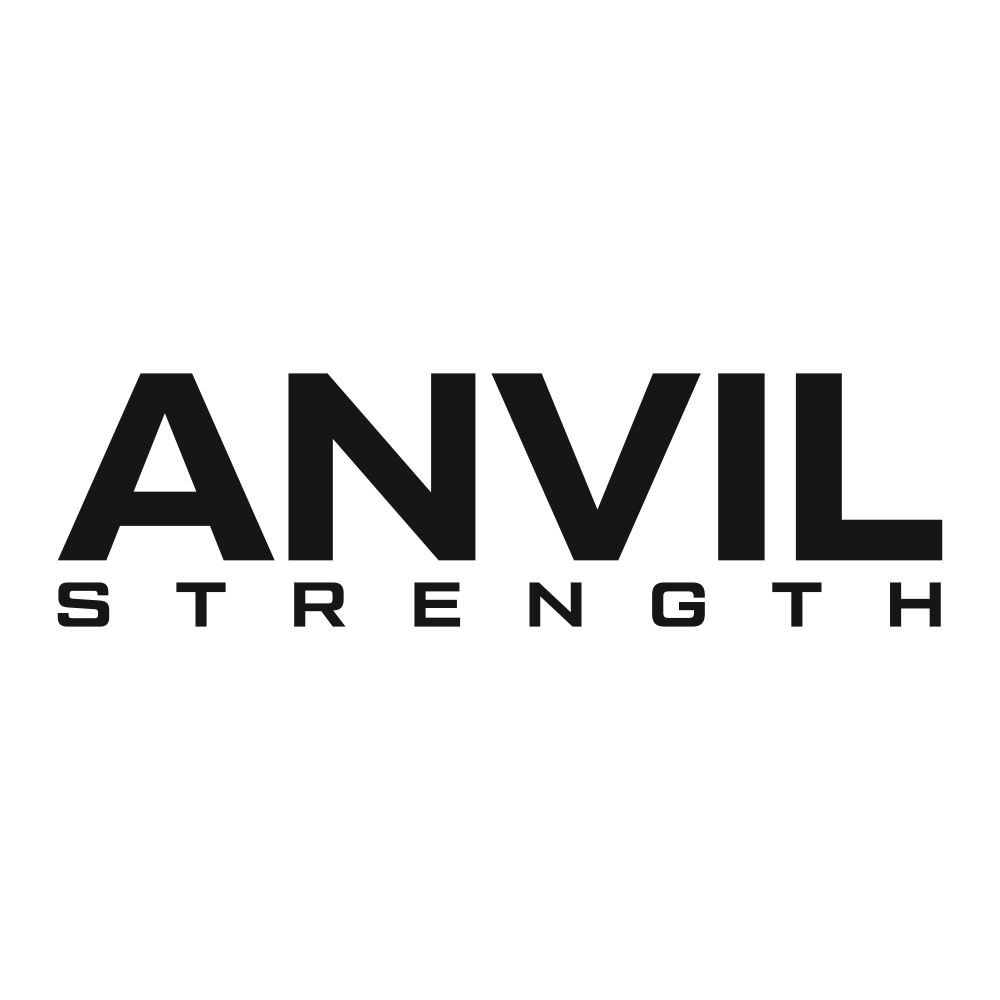





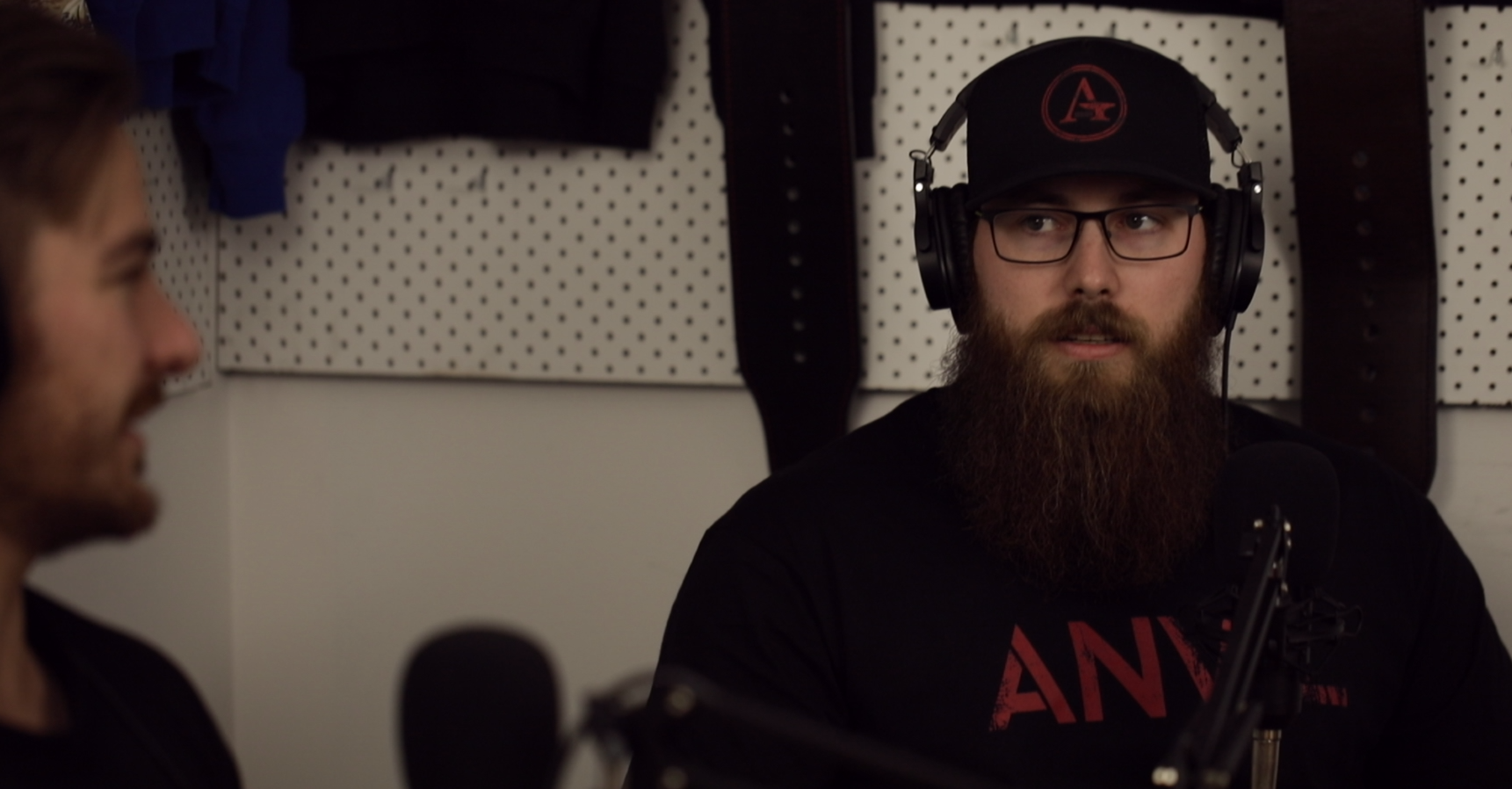
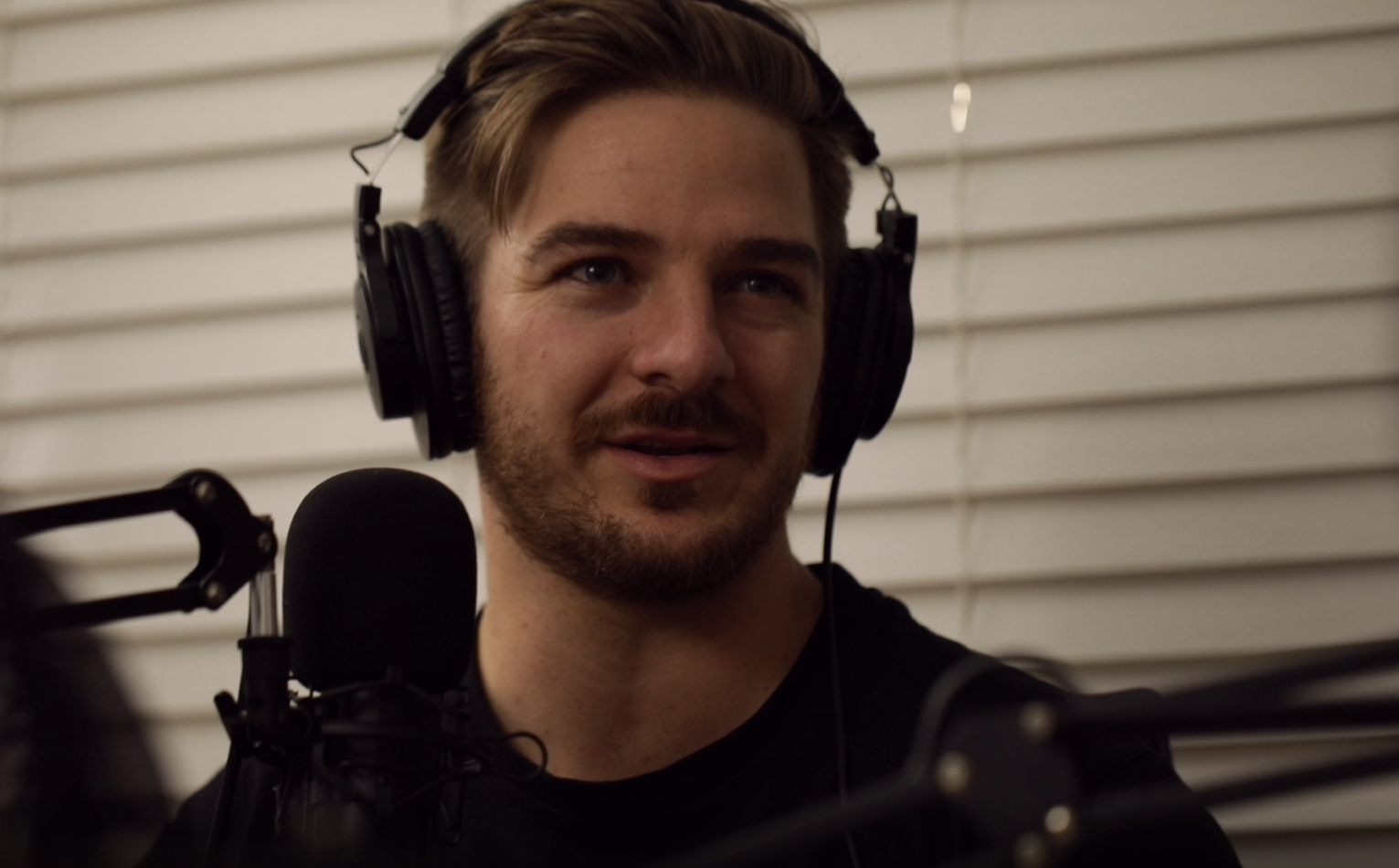
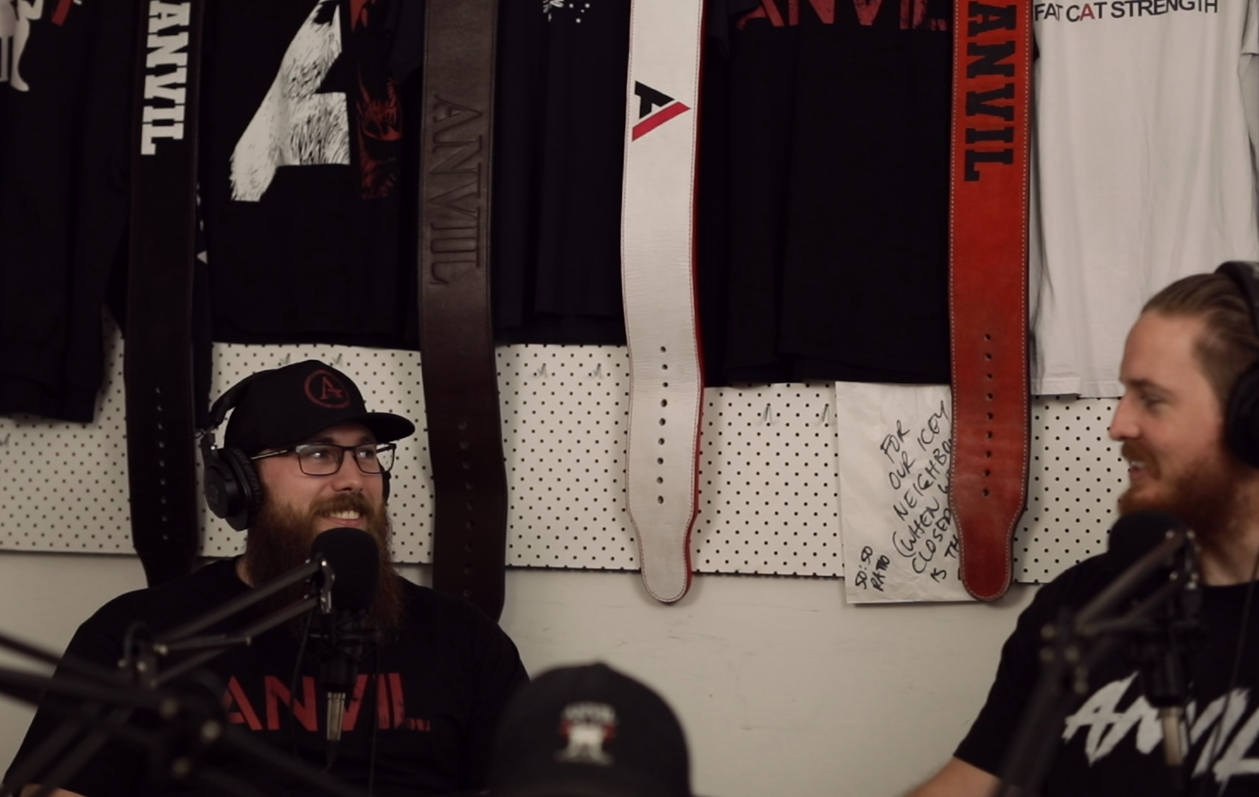
Leave a comment